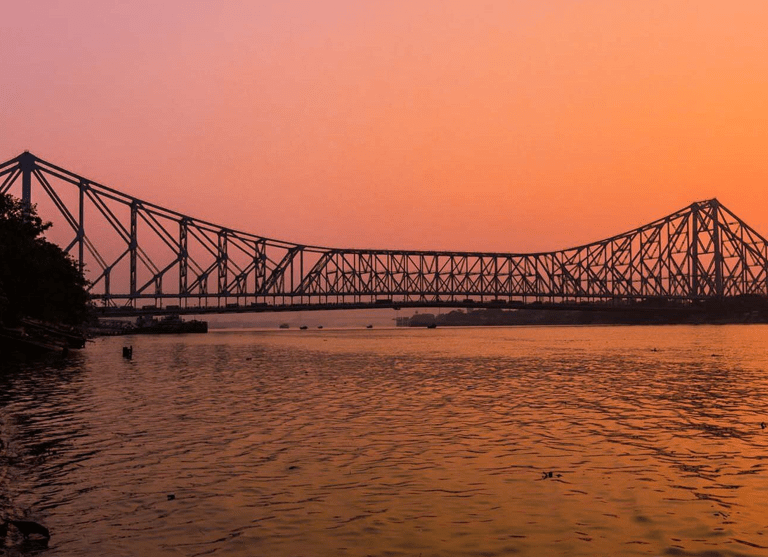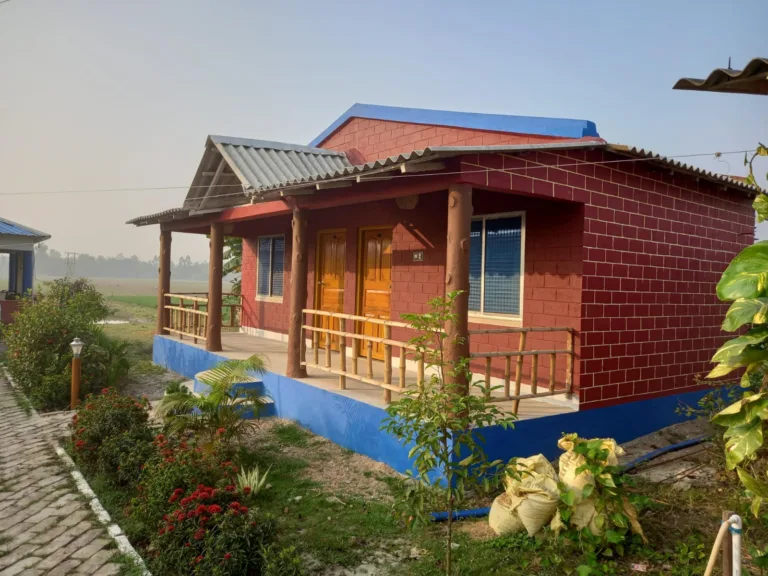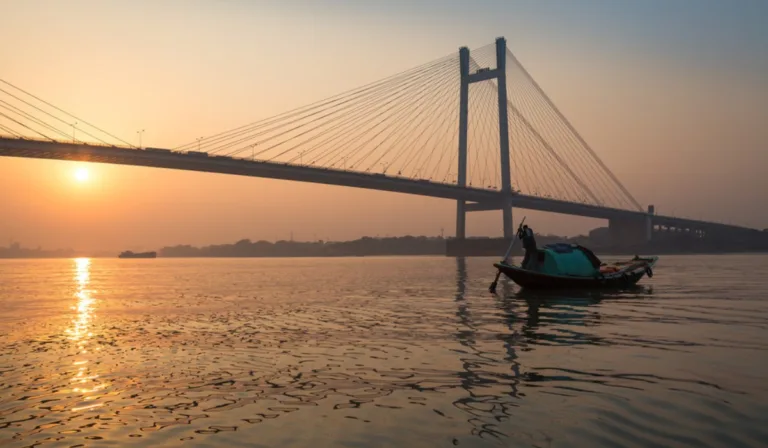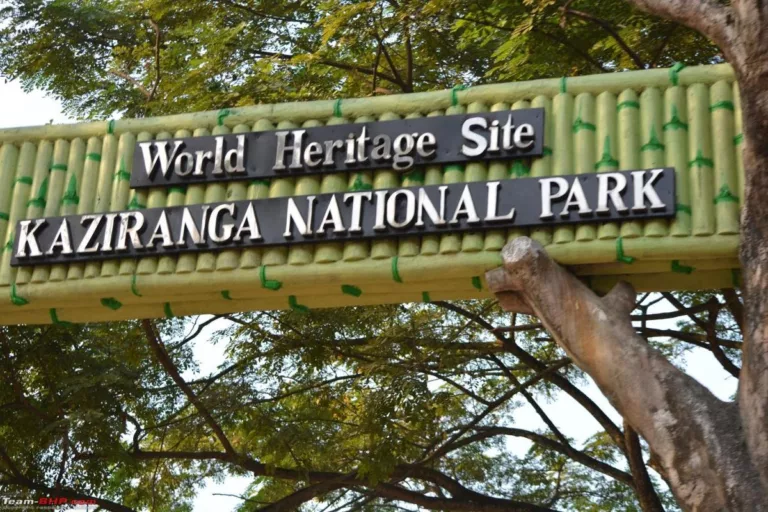UNESCO World Heritage Sites in West Bengal
List of World Heritage Sites in West Bengal
West Bengal boasts a rich and intricate history, having been ruled by a succession of dynasties, including the Palas, Guptas, Senas, Mughals, and British, each leaving a lasting imprint on the state’s architecture and culture. This collective influence has contributed to the state’s diverse heritage. West Bengal is home to numerous ancient temples and monuments that still echo the stories and legends of these rulers. Additionally, the state features several natural wonders of significant importance. Some of these sites have garnered recognition from UNESCO as World Heritage Sites. Here’s a list of these UNESCO-designated World Heritage Sites in West Bengal, making them must-visit destinations when exploring India as part of your travel package.
Sundarban National Park –
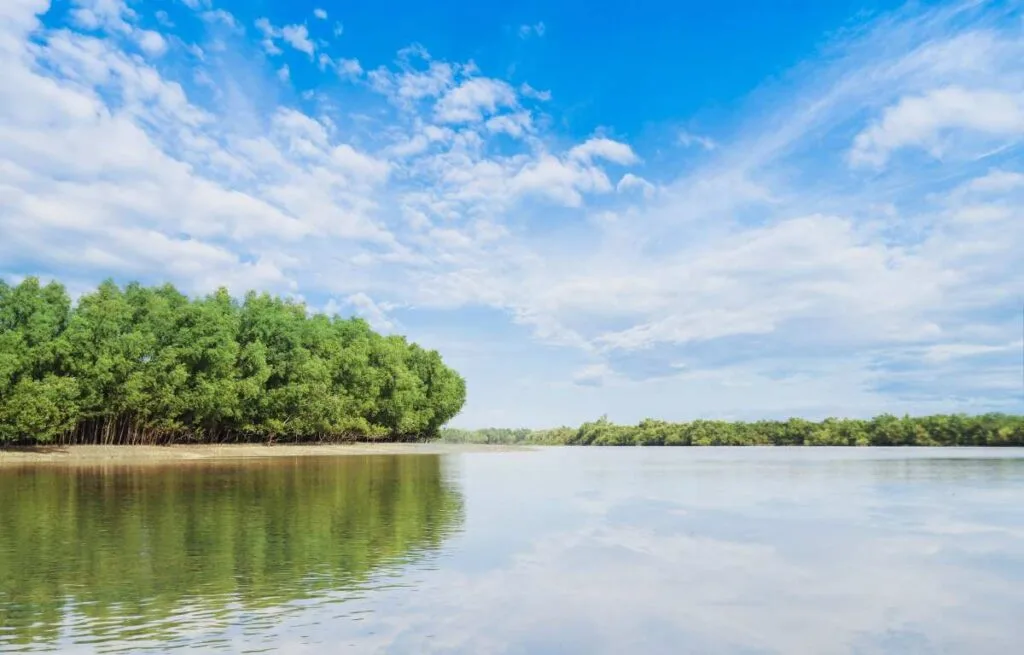
The Sundarbans National Park, situated on the Ganges Delta in West Bengal, serves as a Tiger Reserve and Biosphere Reserve. Sharing its boundaries with Bangladesh, this park stands as the world’s largest estuarine mangrove forest and one of India’s most extensive and ancient national parks. The Sundarbans National Park attained its current status as the core area of the Sundarbans Tiger Reserve in 1973 and was initially designated as a wildlife sanctuary in 1977. It earned the distinction of becoming a National Park in 1984. Subsequently, in 1987, it received recognition as a UNESCO World Heritage Site and was considered a part of the World Network of Biosphere Reserves (Man and Biosphere Reserve) since 1989.
Encompassing approximately 10,000 square kilometers of land and water, the Sundarbans is a pivotal component of the world’s largest delta, covering 80,000 square kilometers, formed from sediments deposited by the three major rivers: the Ganges, the Brahmaputra, and the Meghna. This extraordinary region stands as one of the most significant sanctuaries for the Bengal tiger, boasting the highest population of Bengal Tigers among all the parks in the world. Additionally, it is home to a diverse array of avian, reptilian, and invertebrate species, including the salt-water crocodile.
Darjeeling Himalayan Railway – Toy Train
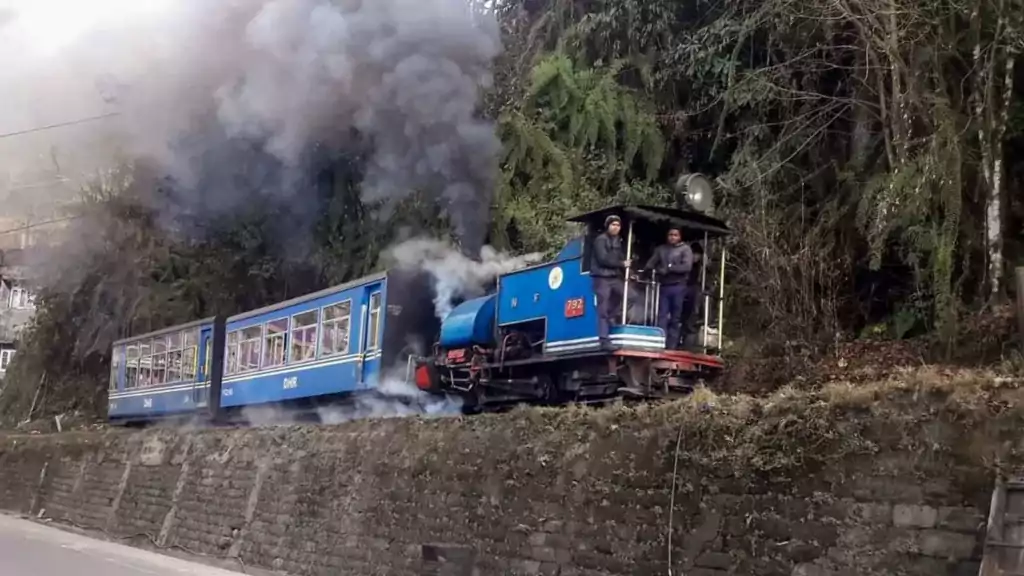
The Darjeeling Himalayan Railway, affectionately known as the Toy Train, is a narrow-gauge railway located in the Indian state of West Bengal. This historic railway, constructed between 1879 and 1881, covers a picturesque route from Siliguri to Darjeeling, spanning a distance of 78 kilometers and passing through 13 stations, including the highest station in India, Ghoom. As it climbs to an elevation of over 7,000 feet, the Darjeeling Himalayan Railway ranks among the world’s oldest and highest railway lines, solidifying its place as a prominent attraction within the list of World Heritage Sites in West Bengal.
In 1999, the Darjeeling Himalayan Railway received the prestigious recognition of being designated as a UNESCO World Heritage Site. Subsequently, it was joined by the Nilgiri Mountain Railway in 2005 and the Kalka–Shimla railway in 2008, collectively forming the renowned “Mountain Railways of India.” Remarkably, the Darjeeling Himalayan Railway continues to operate using its original steam engines, drawing tourists not only from India but also from around the globe who include it as a must-visit destination in their Darjeeling tour packages.
The railway’s entire circuit offers a captivating journey filled with breathtaking scenic views and captivating loops that provide passengers with a 360° perspective of the surrounding hills. This makes the Darjeeling Himalayan Railway an exceptional and unforgettable train trip in India, further enhancing the allure of the list of World Heritage Sites in West Bengal.
Santiniketan
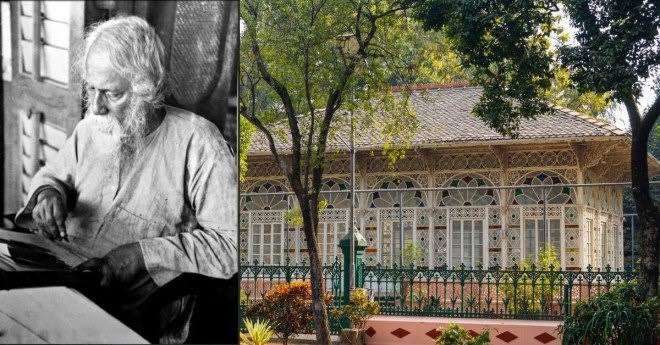
Santiniketan, renowned today as a university town, originally began as an ashram established by Maharshi Debendranath Tagore during the latter half of the 19th century. This ashram welcomed people of all castes and creeds, providing a place for meditation and contemplation on the Supreme God. Subsequently, Rabindranath Tagore, a prominent figure of the Bengali Renaissance and Debendranath’s son, expanded the ashram’s vision, giving rise to the vibrant university town known as Visva-Bharati.
Within the ashram complex, one can explore various remarkable elements, such as Santiniketan Griha, the exquisite stained glass Mandir, a lush garden, educational institutions like Patha-Bhavana, Dehali, Santoshalaya, Singha-Sadan, Purvatoran, and Paschimtoran, as well as landmarks like Dwijaviram, Dinantika, and more. Additionally, the complex houses a museum, archives, a well-stocked library, and various other facilities. It also serves as a repository for a significant portion of Rabindranath Tagore’s literary manuscripts, correspondence, paintings, sketches, along with an extensive collection of 40,000 books, 12,000 bound journals, photographs, and numerous items associated with the poet’s life.
In recognition of its cultural and historical significance, Santiniketan was designated as a UNESCO World Heritage site in 2023.


